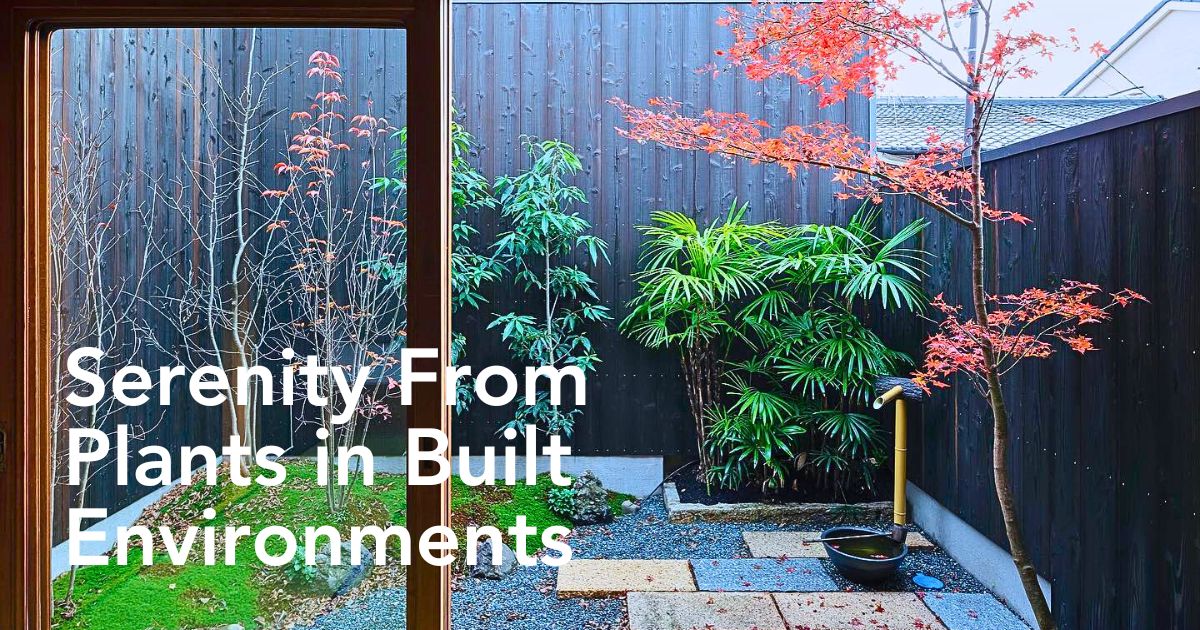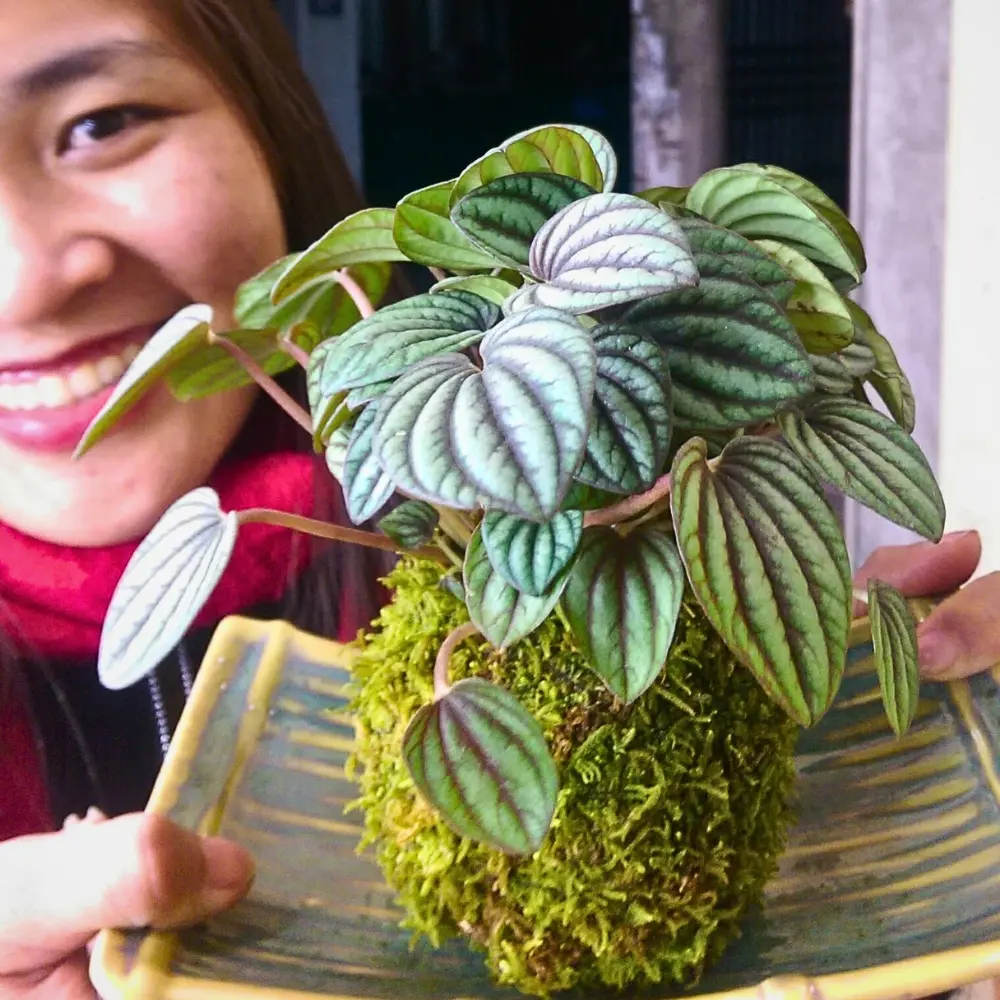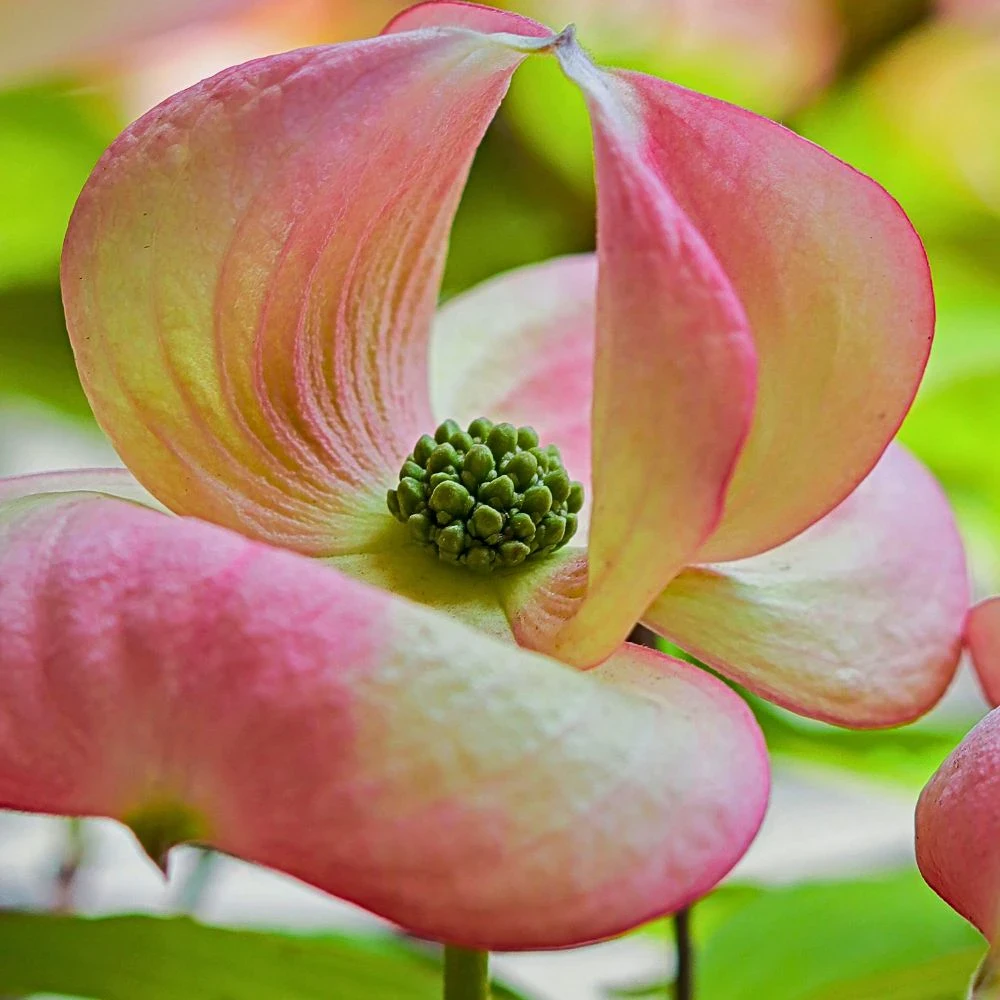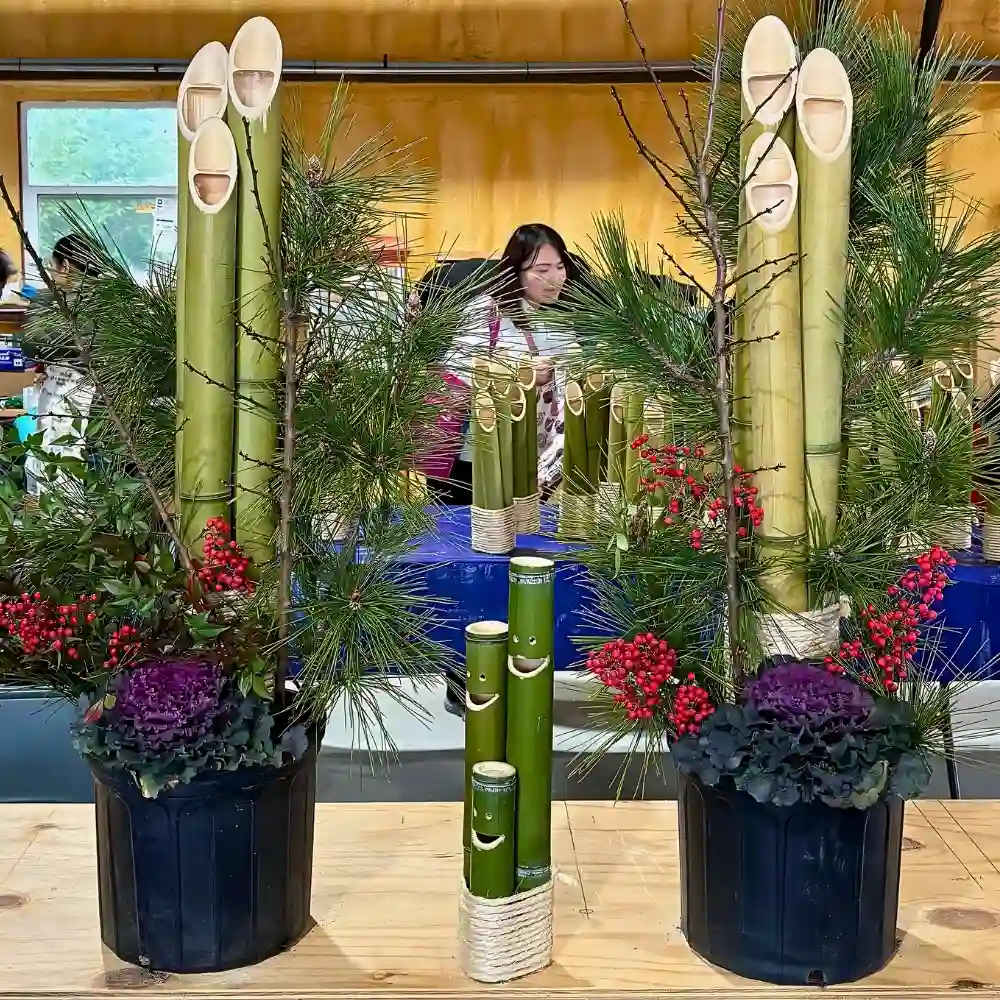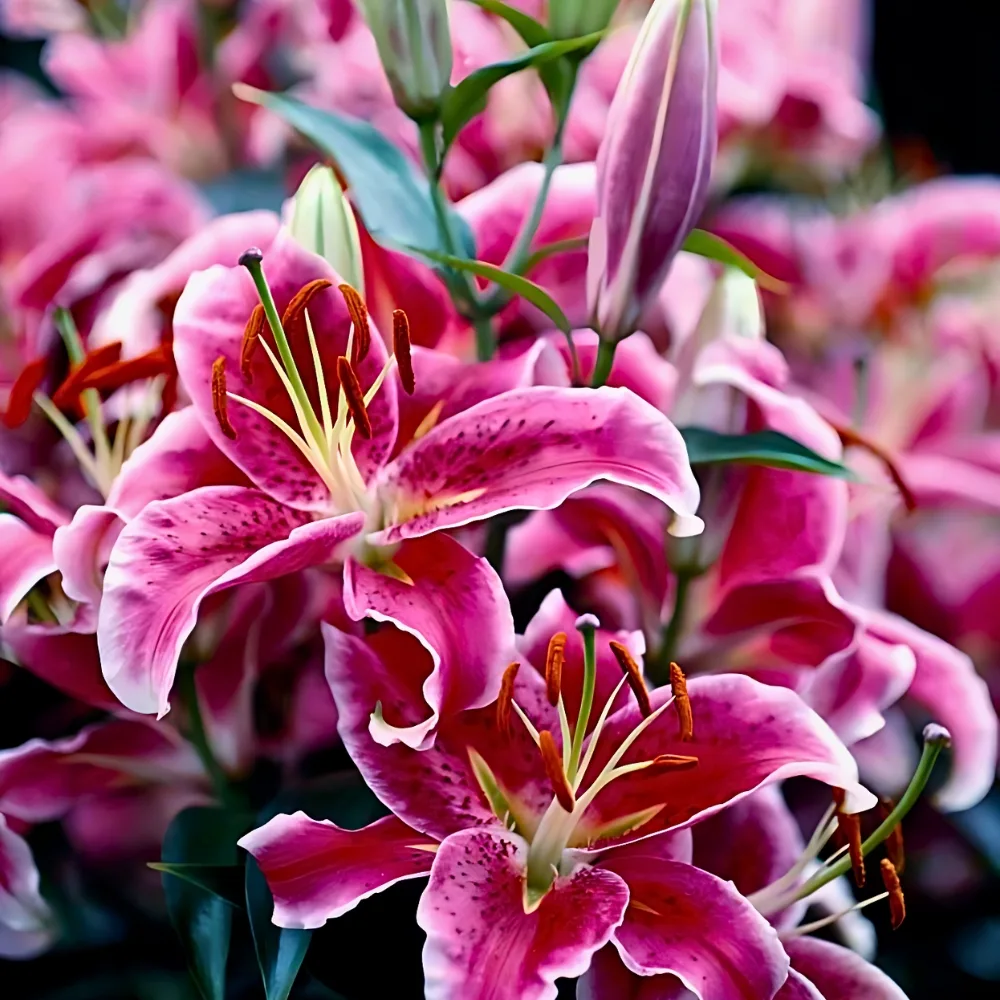A country whose people are so enthusiastic about nature, Japan offers a rich array of concepts that others elsewhere can, also, emulate and enhance their physical and mental well-being. Think of such serene words and ideas like sakura (cherry blossom) ume (plum blossom), Tsubomi (flower bud), ajisai (hydrangea), himawari (sunflower), or momiji (Japanese Red Maple Tree), and you’ll realize the peacefulness they represent.
Quite the same way, some concepts — such as komorebi — define the beauty and tranquility associated with nature, and Tsubo Niwa is one such. This is a unique traditional Japanese courtyard garden style that brings nature into buildings and creates a symbolic organic relief in the middle of the geometric architecture. These quasi-gardens, an essential part of Japanese culture, are valued for their beauty, aesthetic appeal, and meditative qualities.
A Glimpse Into the Origins and Evolution of Tsubo Niwa
The origins of Tsubo Niwa can be traced back to the Heian Period (794-1185), a time marked by significant cultural and artistic flourishing in Japan. During this era, the elite, residing in grand palaces and villas, sought to incorporate nature into their living spaces.
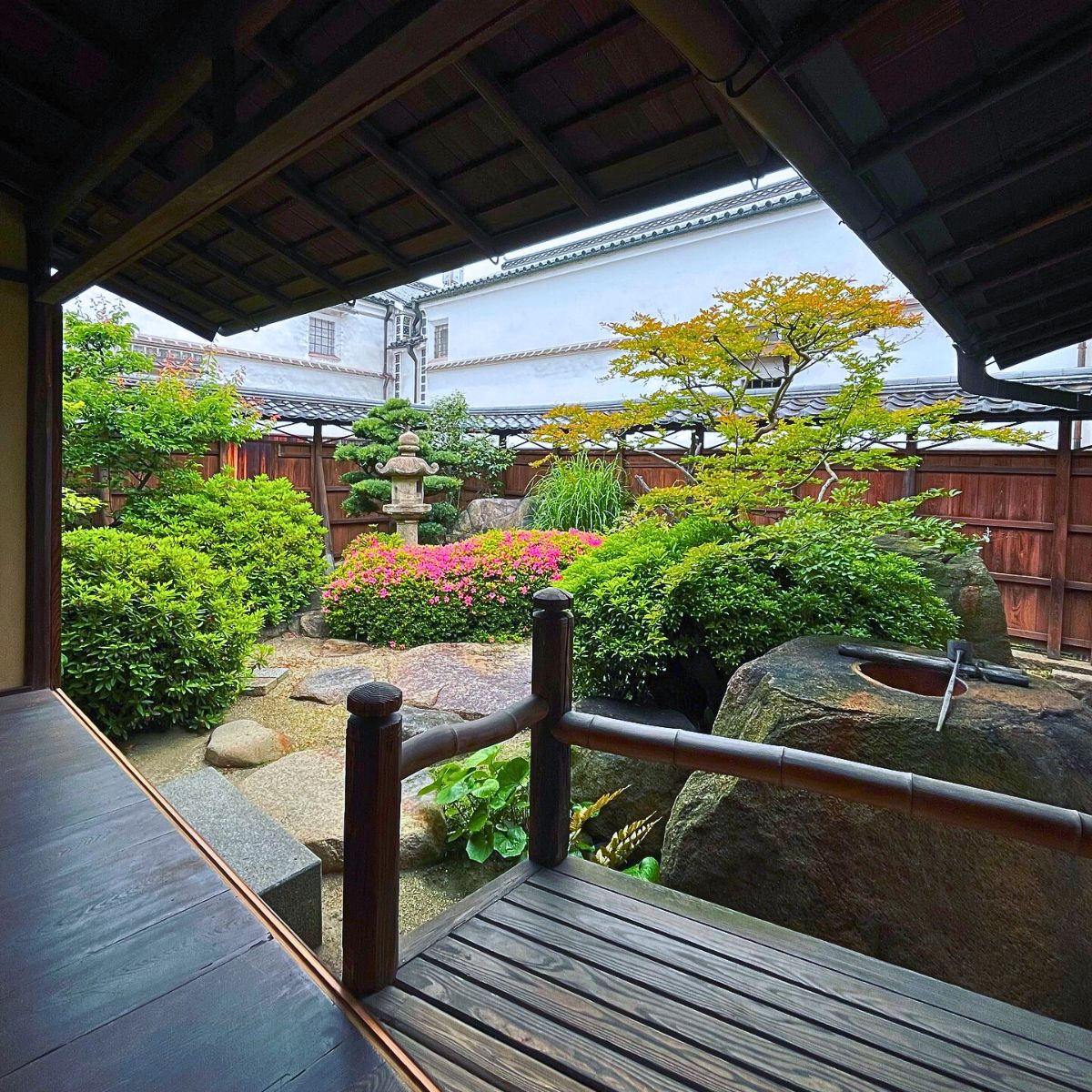
Photo by @oniwastagram
Thus, the concept of Tsubo Niwa emerged as a way to bring a touch of the natural world within the confines of their opulent residences. These early gardens were typically small, intimate spaces enclosed within the walls of surrounding rooms. They offered a symbolic and natural relief from the geometric architecture of traditional Japanese homes.
The term ‘Tsubo Niwa’ itself is derived from the Japanese words ‘tsubo,’ a unit of measurement roughly equivalent to 3.3 square meters, and ‘niwa,’ meaning garden. The name aptly reflects the characteristic scale of these gardens, often measuring just a few square meters.
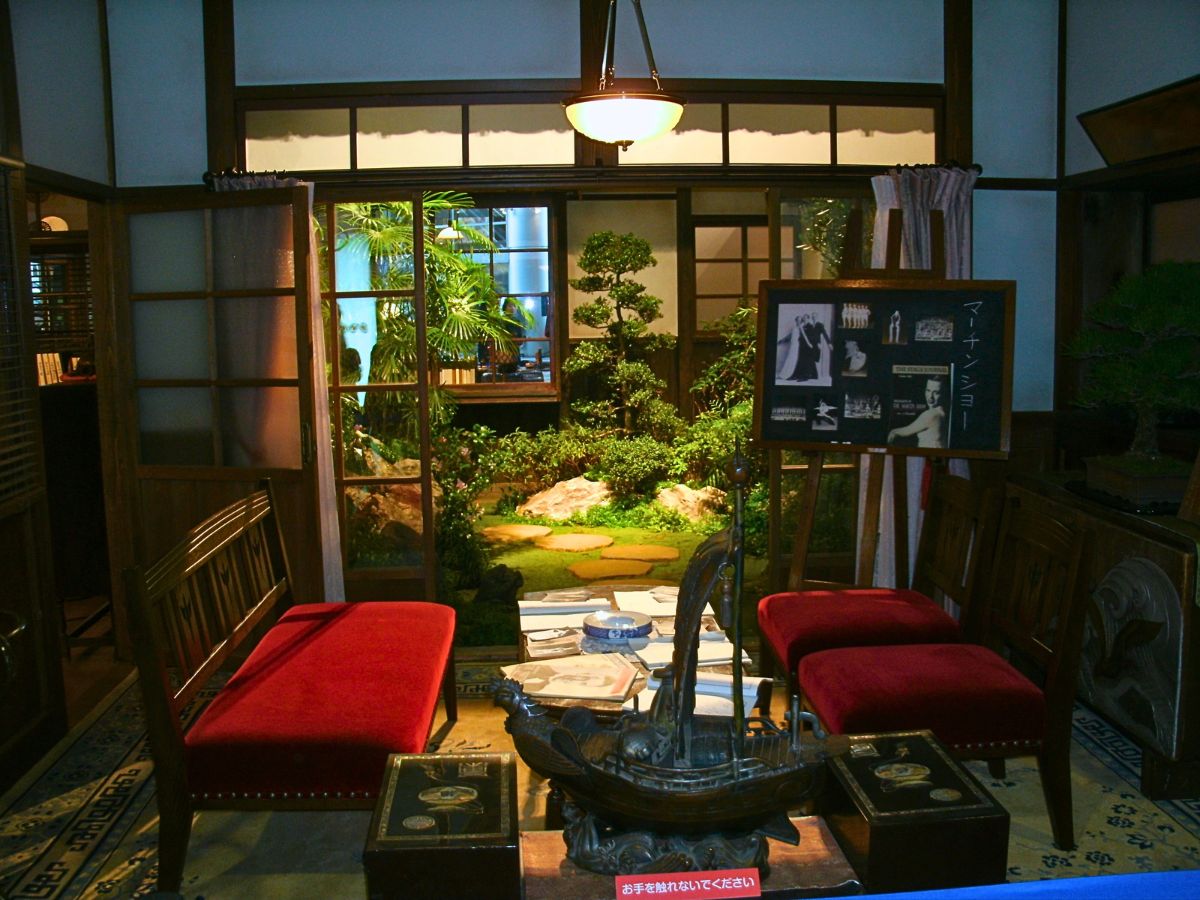
Photo by Mr.ちゅらさん
Over the centuries, Tsubo Niwa outgrew the exclusiveness of the elite to become an ordinary element of Japanese culture. It found its way into ordinary people’s homes, teahouses, and even public spaces. The concept even spread outside Japan, influencing garden design across Asia. It also inspired a global appreciation for the beauty and tranquility of these miniature landscapes.
Design Principles of Tsubo Niwa
These gardens are carefully designed to revitalize the body and spirit. They are fashioned to produce a powerful effect on the people within them through plants and nature. There are, therefore, several design principles that highlight the importance of plants and flowers in Tsubo Niwa. These entail
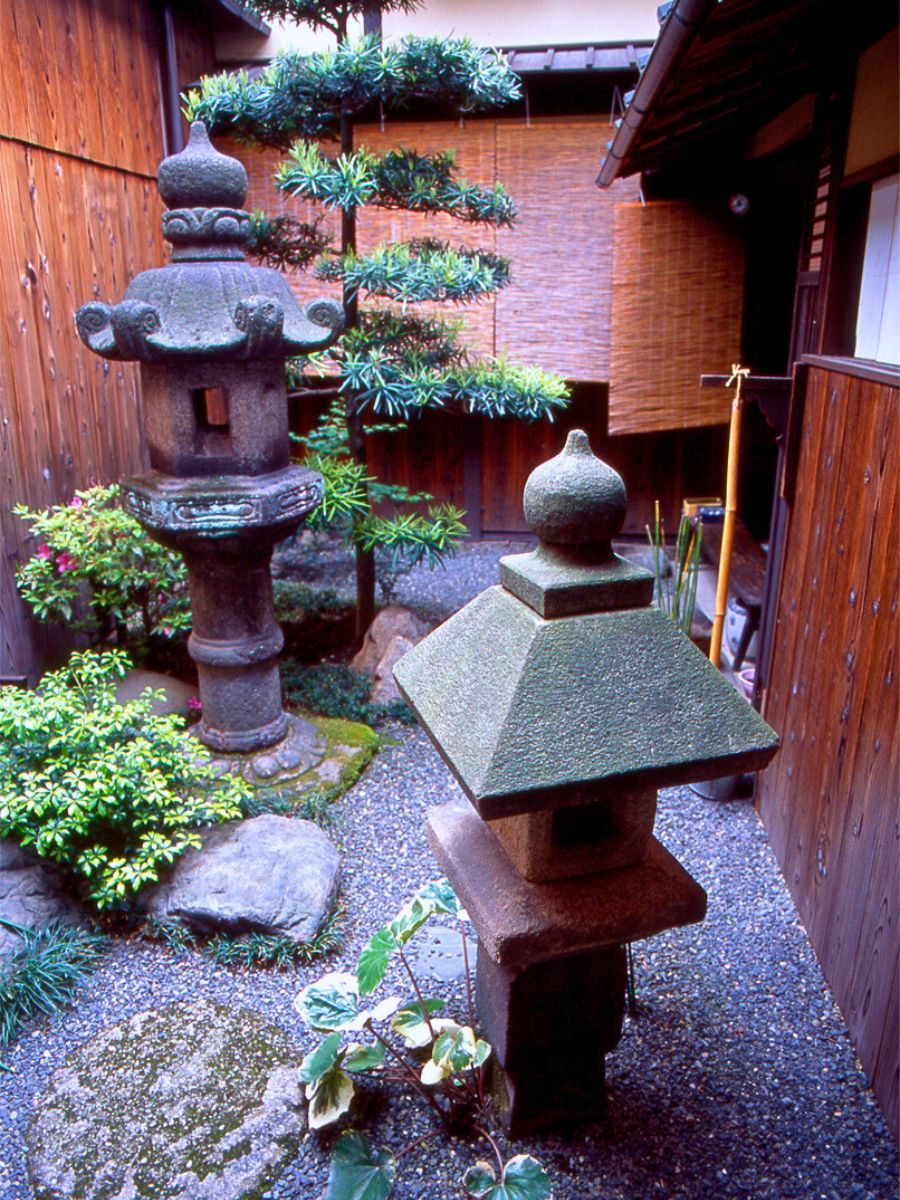
Photo by James..g
Balance and harmony, whereby the gardens strive to balance natural elements (plants, water, stone) with geometric architecture to create a sense of harmony and unity. The selection and arrangement of plants and flowers should reflect this principle, ensuring that the garden's organic components complement the surrounding geometric structures.
Therein, the use of natural materials like stone, wood, and plants creates a sense of authenticity and connection to nature. Plants and flowers should be carefully chosen to showcase their natural beauty and textures, enhancing the overall aesthetic appeal of the design concept.
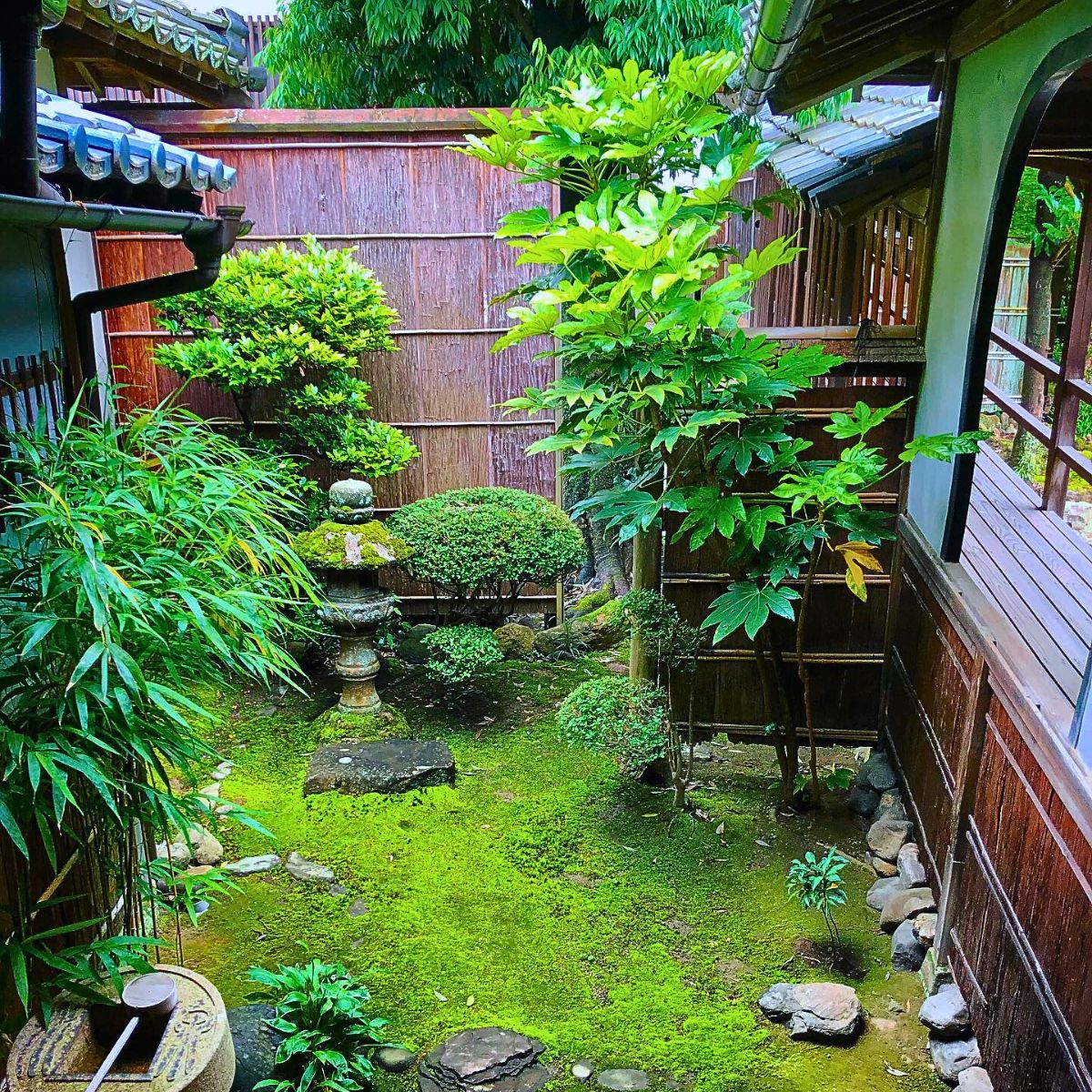
Tsubo Niwa gardens often feature simple, uncluttered designs that allow the natural beauty of the plants and materials to take center stage. A subtle color palette, featuring a variety of green hues and subtle flower colors, contributes to the tranquil atmosphere of the garden.
The design, also, emphasizes proportion and scale, ensuring that the garden's elements are in harmony with the surrounding architecture. Plants and flowers should be selected and pruned to maintain an appropriate size and shape, preserving the balance and harmony of the garden.
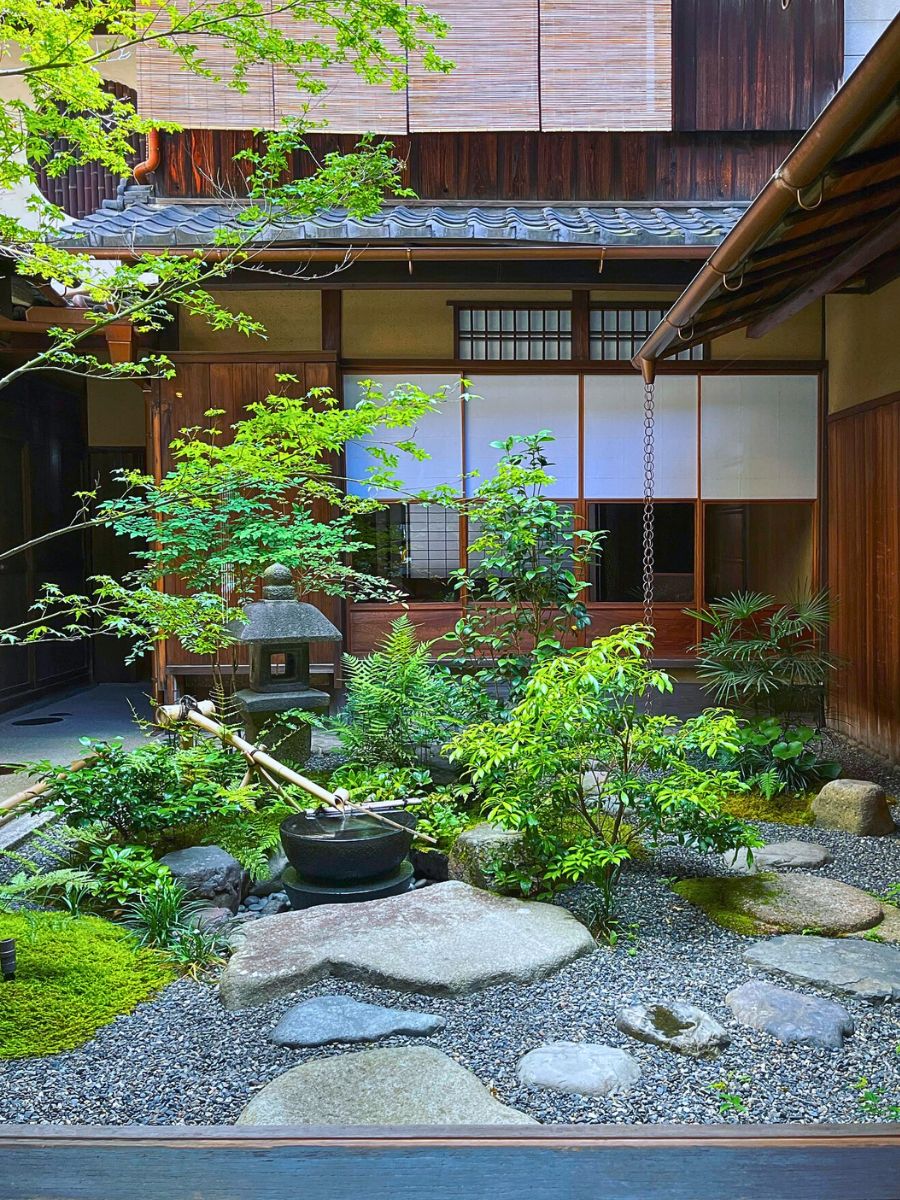
There are, also, water features, such as small ponds or fountains, which are often used to create a sense of calm and serenity. Plants and flowers surrounding these water features should be carefully chosen to thrive in a moist environment and to soften the transition between water and land.
Plus, strategic lighting is used to highlight the natural beauty of the plants and garden features, creating a sense of drama and ambiance. Plants and flowers with interesting textures or shapes can, therefore, be accentuated with subtle lighting.
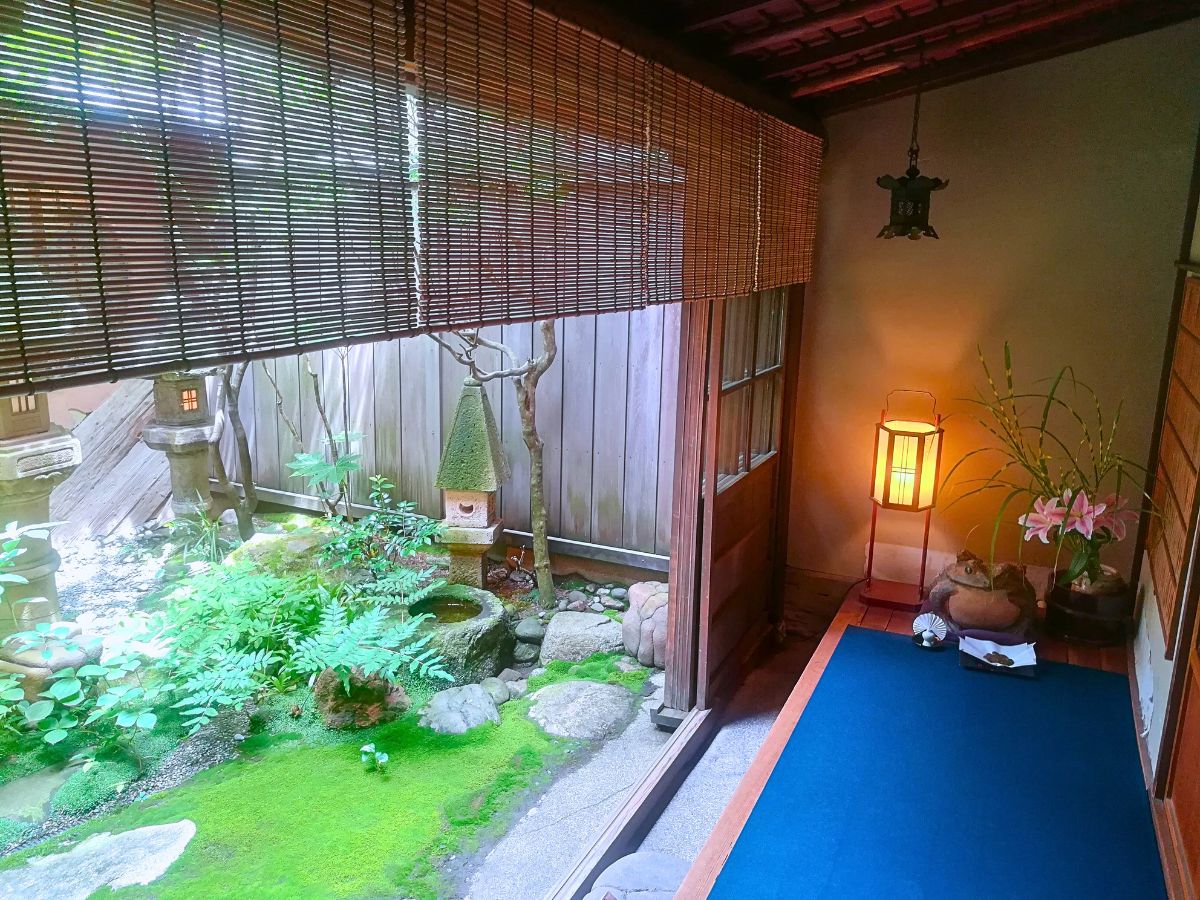
The Role of Plants and Flowers in These Courtyard Gardens
As earlier noted, Tsubo Niwa seamlessly integrates nature into the built environment. These miniature gardens, often referred to as courtyard gardens, are not mere decorative elements but rather elaborate expressions of Japanese aesthetics and philosophy, seeking to bring out a sense of serenity, tranquility, and a connection to the natural world.
Plants and flowers, therefore, play a pivotal role in achieving the desired effect of these Tsubo Niwa gardens. They are not just filler items for decorating the garden, but integral components of the overall design. These plants and flowers are carefully selected and arranged to arouse specific emotions, feelings, and sentiments, and create a pleasant balance between nature and architecture.
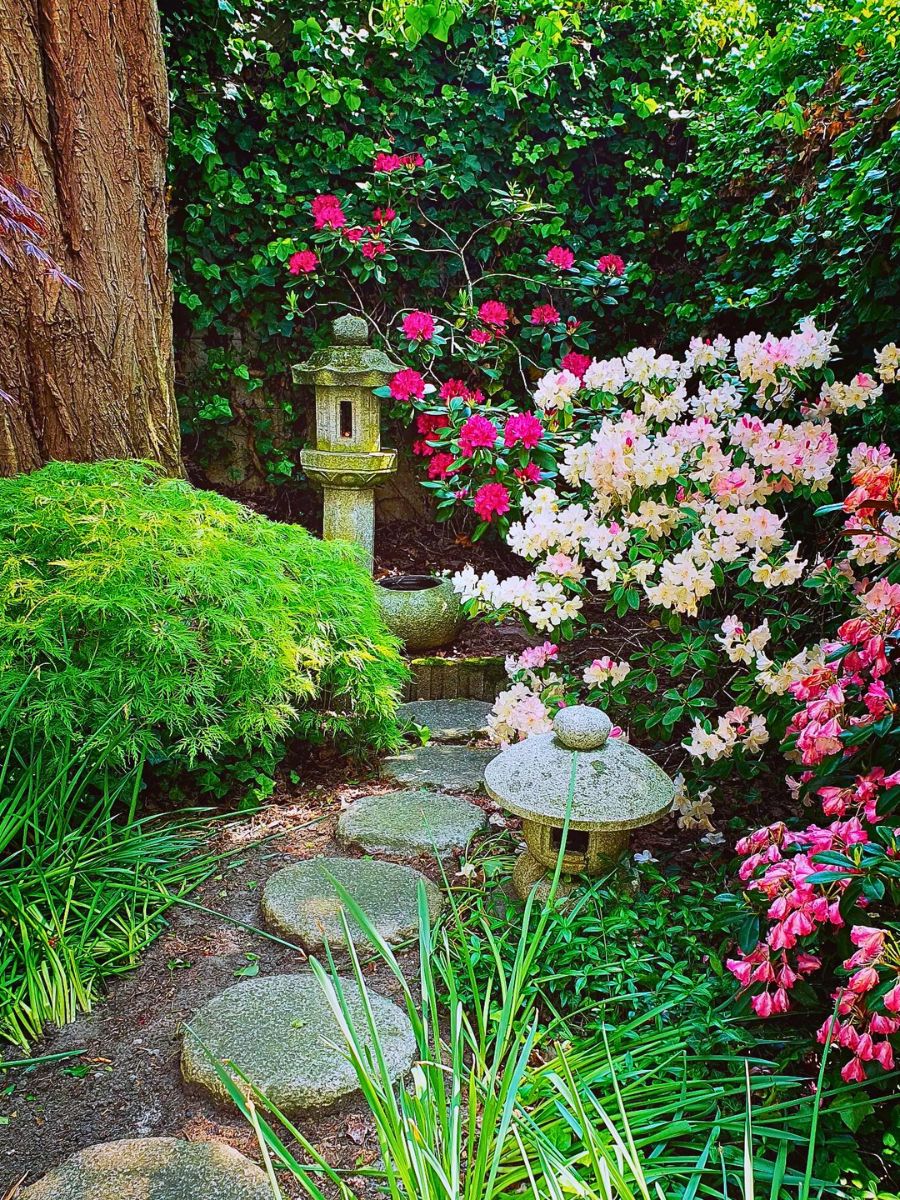
So, here is what you need to know about plants (and flowers) in these gardens.
Showcasing the Power of Simplicity and Tranquility Through Plants
Tsubo Niwa gardens often feature a limited selection of plant species, emphasizing simplicity and restraint. Their compact sizes call for this deliberate minimalism that allows the natural beauty of each plant to shine. This enhances the sense of calm and tranquility. The choice of plants is guided by principles of balance and harmony, with a focus on creating visual unity within the limited space.
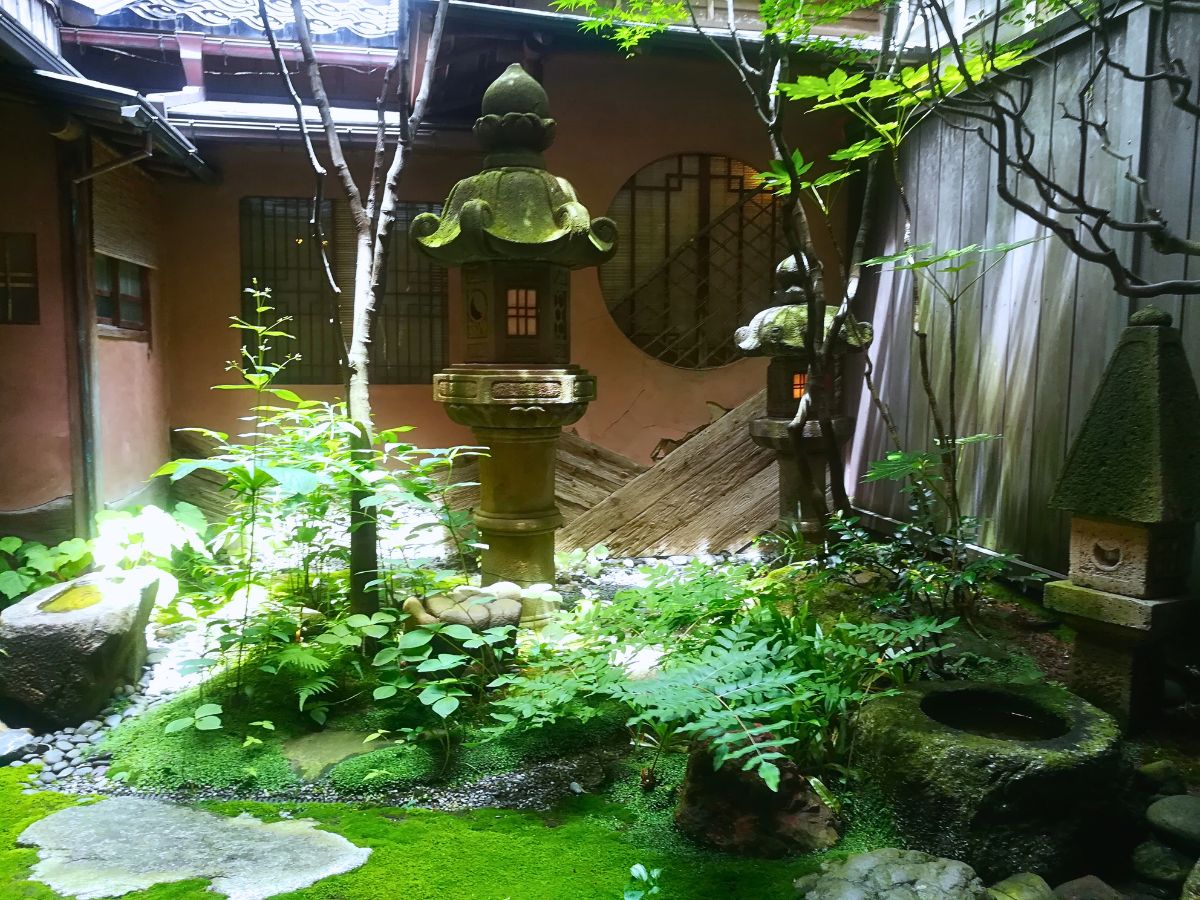
Color and Texture for Seasonal Transformation
The use of plants with distinct seasonal variations is a trademark of Tsubo Niwa designs. The changing colors of leaves to create autumnal hues in fall, the delicate blossoms of spring, and the colorfulness of the flowers of summer, all contribute to the dynamic and ever-evolving nature of these gardens. This constant transformation reflects the cyclical nature of life. It points to the sense of the interconnectedness of all things.
Symbolic Meaning in the Language of Flowers
In the language of flowers — also called Hanakotoba — plants and blooms carry different meanings. Just the same way, in Tsubo Niwa gardens they often carry symbolic meaning. This adds another layer of depth to the overall design. For instance, the graceful bamboo symbolizes resilience and flexibility, while the evergreen pine represents longevity and endurance. The delicate cherry blossom, a national symbol of Japan, signifies the fleeting beauty of life and the importance of appreciating the present, while Acer palmatum, a well-known species of maple, is representative of Japanese autumn with its bright red autumnal foliage, and recognized as a symbol of grace, serenity, and beauty.
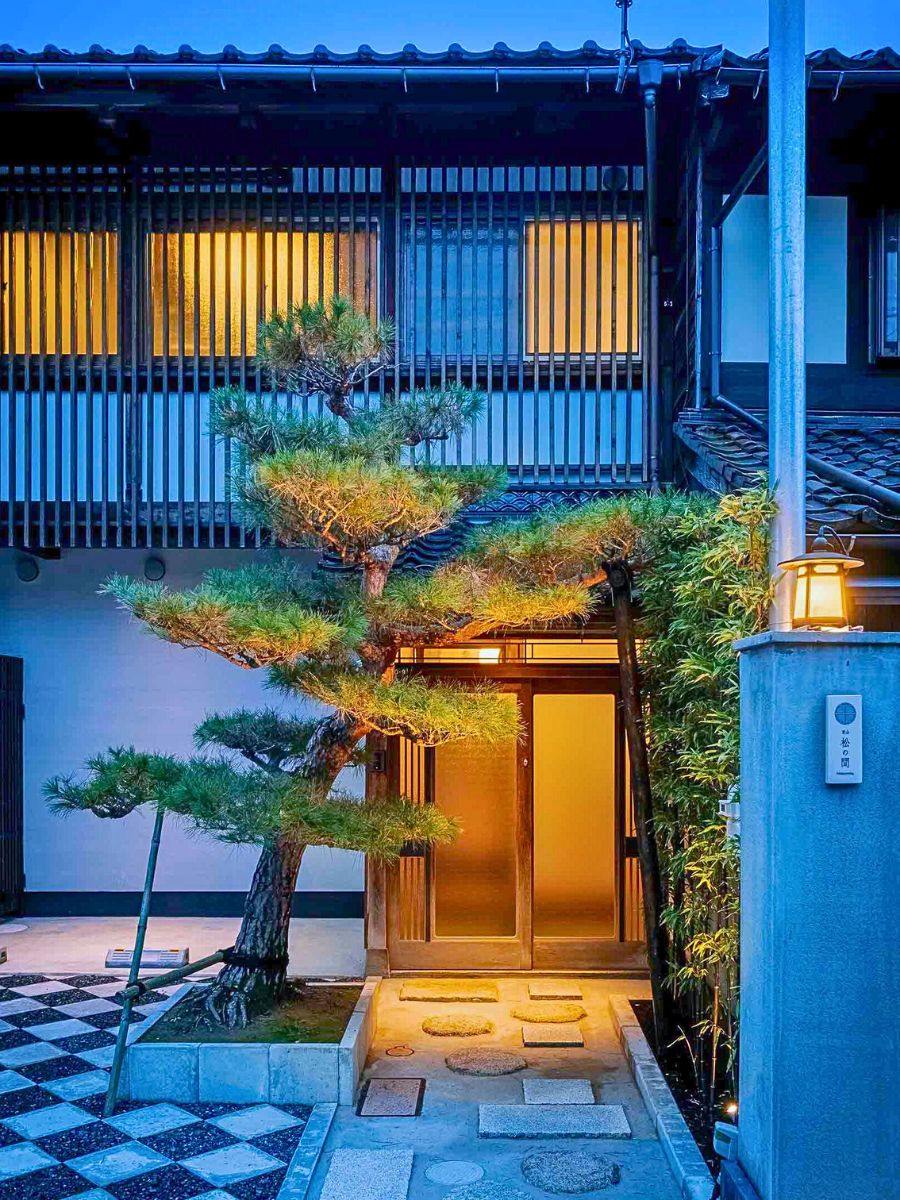
A Microcosm of Nature That Creates a Sense of a Place
The careful selection and arrangement of plants in Tsubo Niwa gardens aim to create a sense of place. They seek to induce a specific atmosphere and mood. For example, a garden featuring moss-covered stones and dwarf pines might evoke a sense of ancient forests, while a garden with a small pond and water lilies might create a serene atmosphere. Such different thematic pockets of nature, recreate different places and spaces.
A Bridge Between the Inside and Outside, Enhancing the Built Environment
Tsubo Niwa gardens are designed to enhance the surrounding architecture. They attempt to create a harmonious balance between the built and natural world. The carefully chosen plants and flowers act as a bridge between the interior and exterior spaces. The use of these plants blurs the lines between the two worlds — the inside and the outside — and draws one to experience the garden as an extension of their living indoor space.
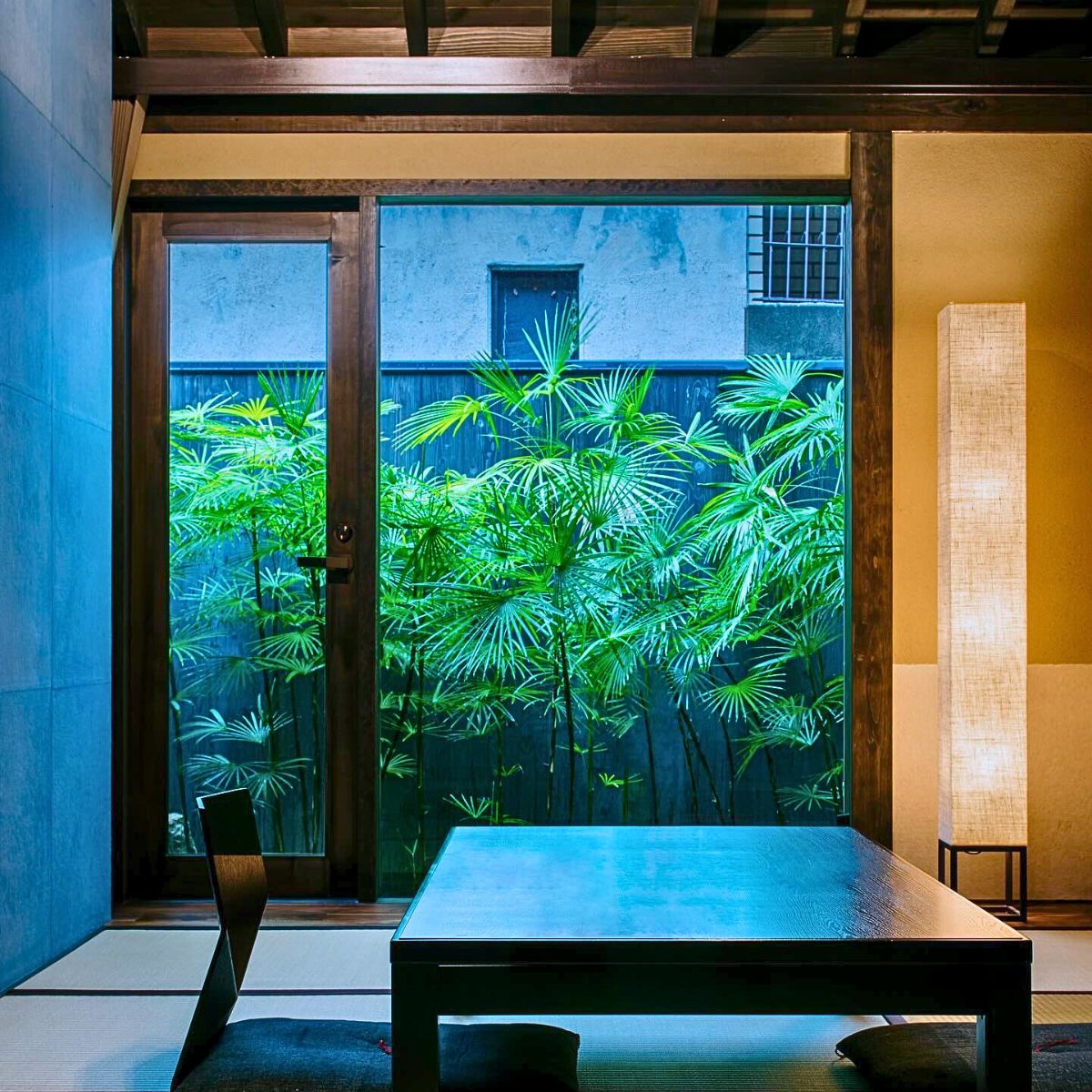
How Plants and Flowers Achieve the Desired Effect
These gardens are designed to conjure serenity as much as they can. They connect one with nature despite the urban surroundings, and plants and flowers play a crucial role in achieving this effect through their color, texture, and seasonal changes.
For instance, a restrained color palette, primarily featuring various shades of green, contributes to the calming atmosphere of the garden. Subtle pops of color from flowers, such as pink cherry blossoms, red azaleas, or yellow irises, can add visual interest without disturbing the garden's peaceful ambiance.
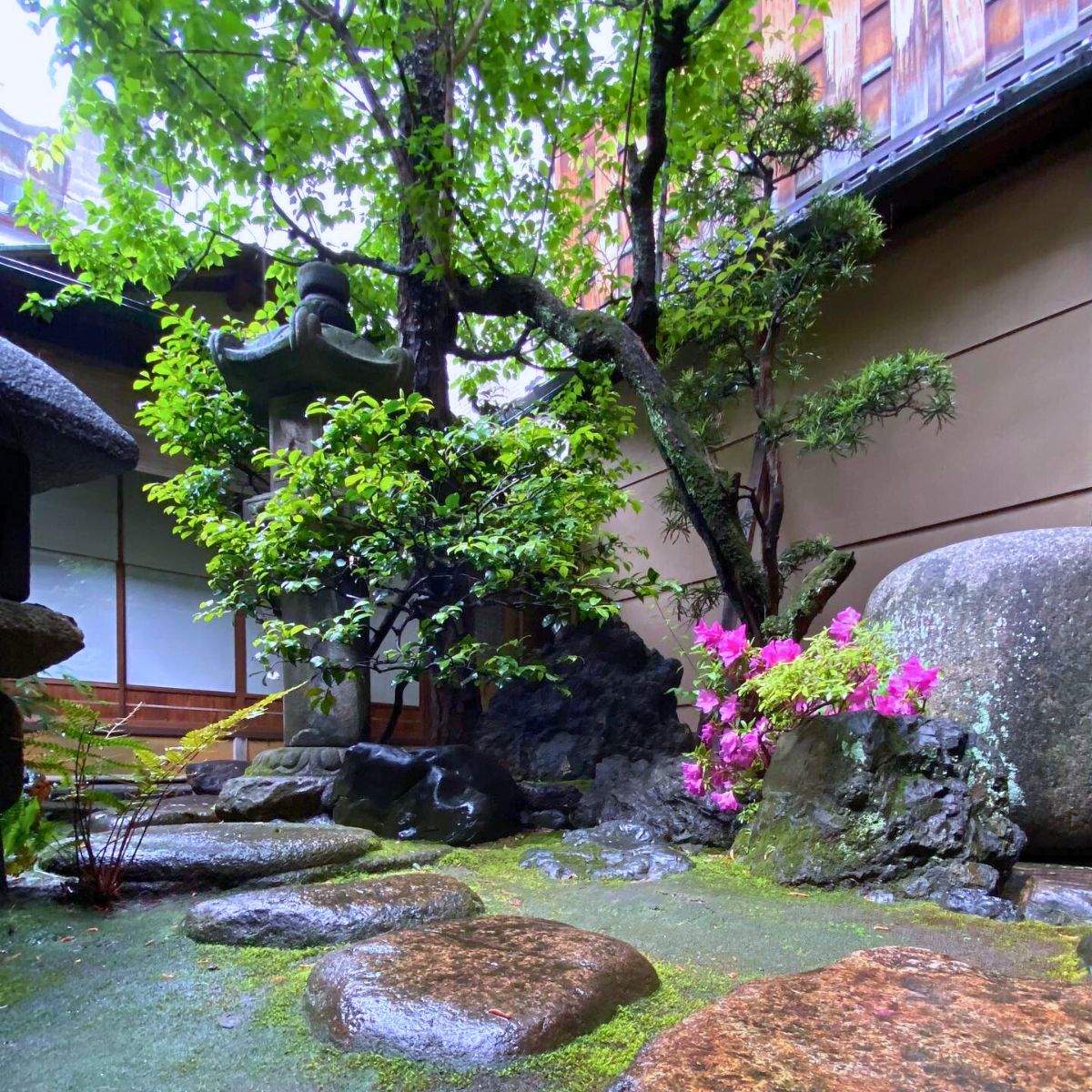
Also, plants and flowers with diverse textures, such as ferns, mosses, and hostas, add depth and intrigue. The interaction of smooth, rough, soft, and coarse textures creates a dynamic and engaging landscape, where one is encouraged to explore the garden further.
What’s more, these gardens are designed to showcase the changing seasons, with plants and flowers blooming and changing throughout the year. This continuous evolution keeps the garden fresh and engaging. It offers new visual experiences with each season.
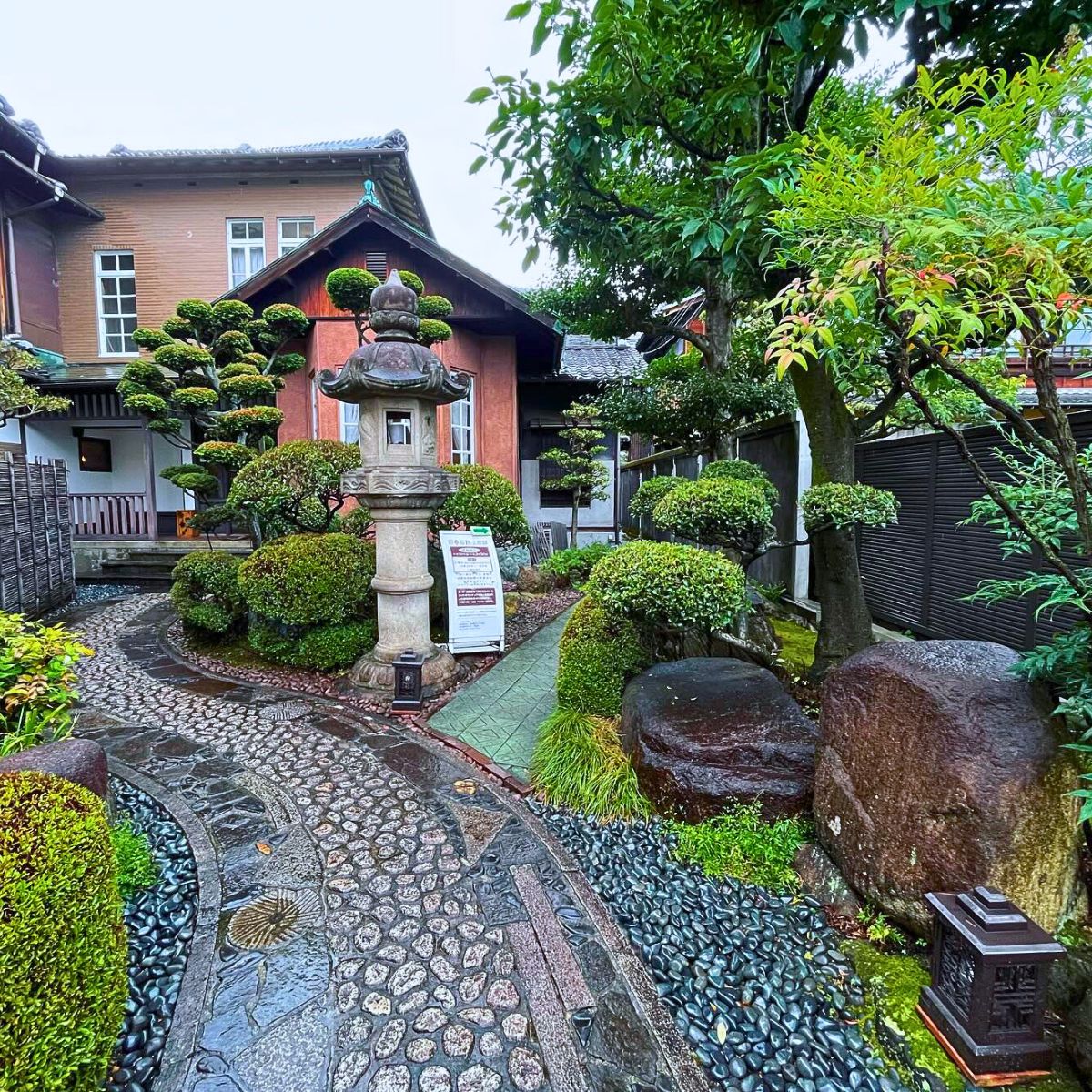
The Impact of Tsubo Niwa on Modern Architecture
The principles of Tsubo Niwa design have had a wide-reaching impact on modern architecture. They have stimulated a new focus on incorporating nature into the built environment. This influence can be seen in several key areas.
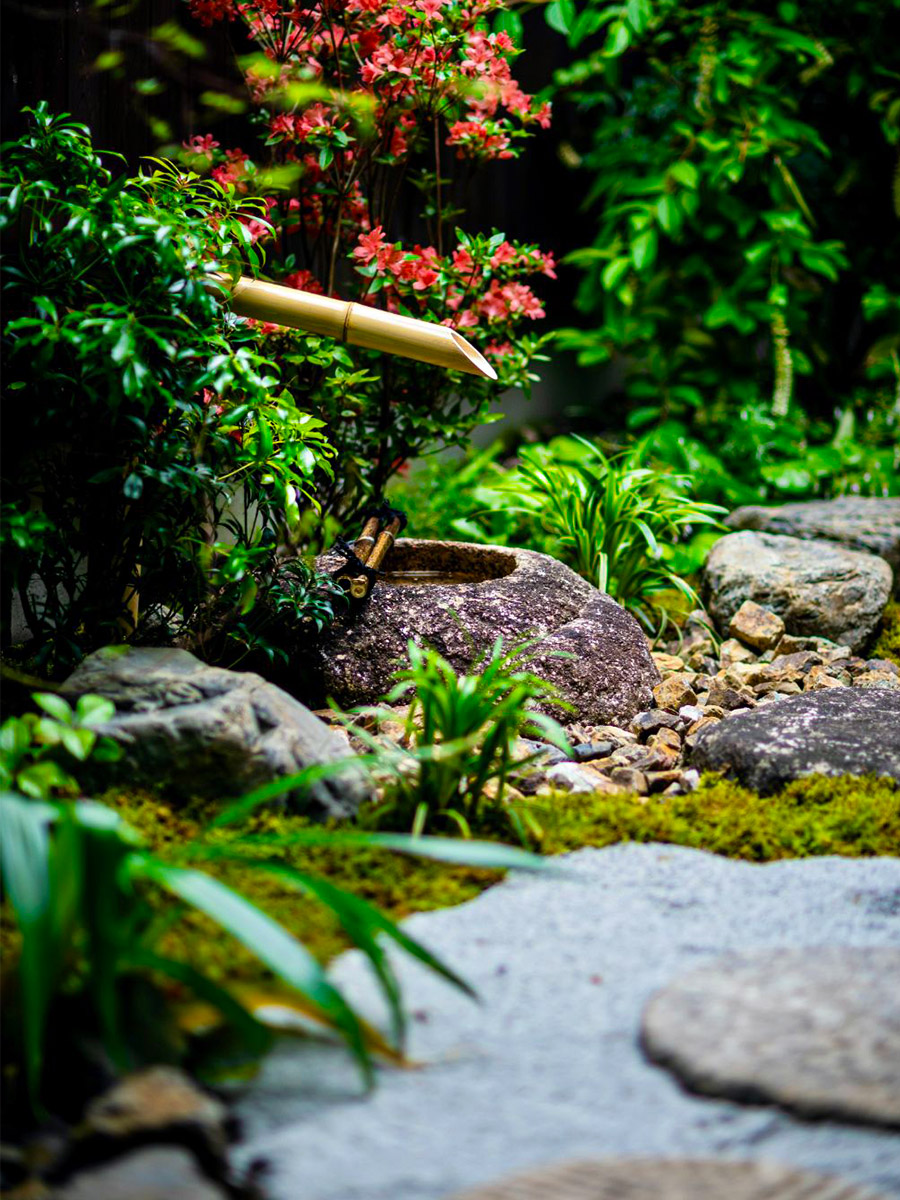
Biophilic Designs That Reconnect People With Nature
Tsubo Niwa gardens have played a significant role in the emergence of biophilic design, a movement that aims to reconnect people with nature in built environments. The concept of bringing nature indoors, a cornerstone of this design concept, has been embraced by architects and designers worldwide. This has led to the incorporation of natural elements including plants, water features, and natural light into buildings, which in turn have many benefits to people.
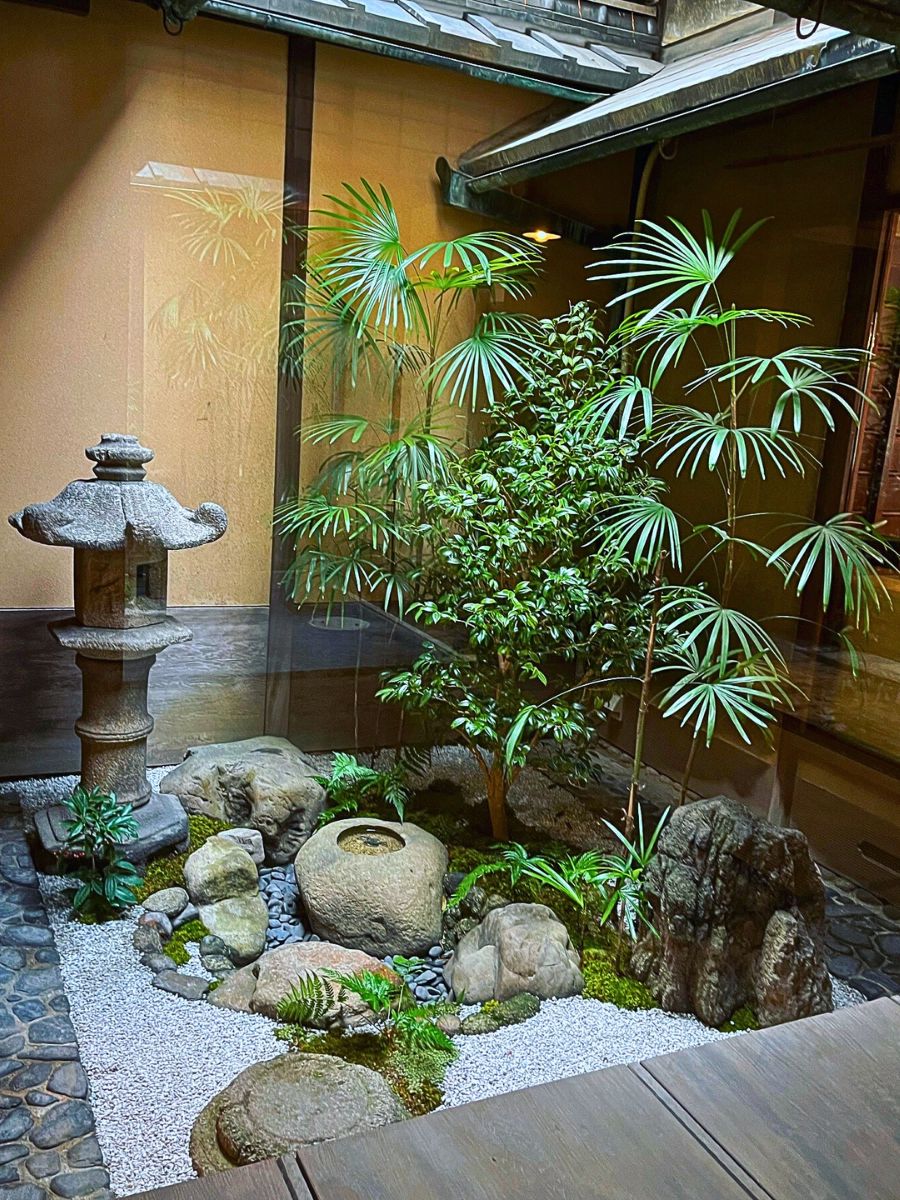
Photo by @oniwastagram
Sustainable Designs That Embracing Eco-Friendly Practices
The use of natural materials and emphasis on simplicity in Tsubo Niwa gardens have influenced sustainable design principles. The focus on minimizing environmental impact, using locally sourced materials, and creating spaces that promote well-being are all key aspects of sustainable design, which are inspired by the principles of Tsubo Niwa.
Wellness-Focused Designs That Create Spaces for Well-Being
With their focus on creating peaceful and meditative spaces, Tsubo Niwa gardens, also, inspire modern architecture to prioritize wellness and inhabitants’ well-being. The integration of natural elements and the creation of calming and restorative spaces are seen as essential components of a healthy and productive built environment.
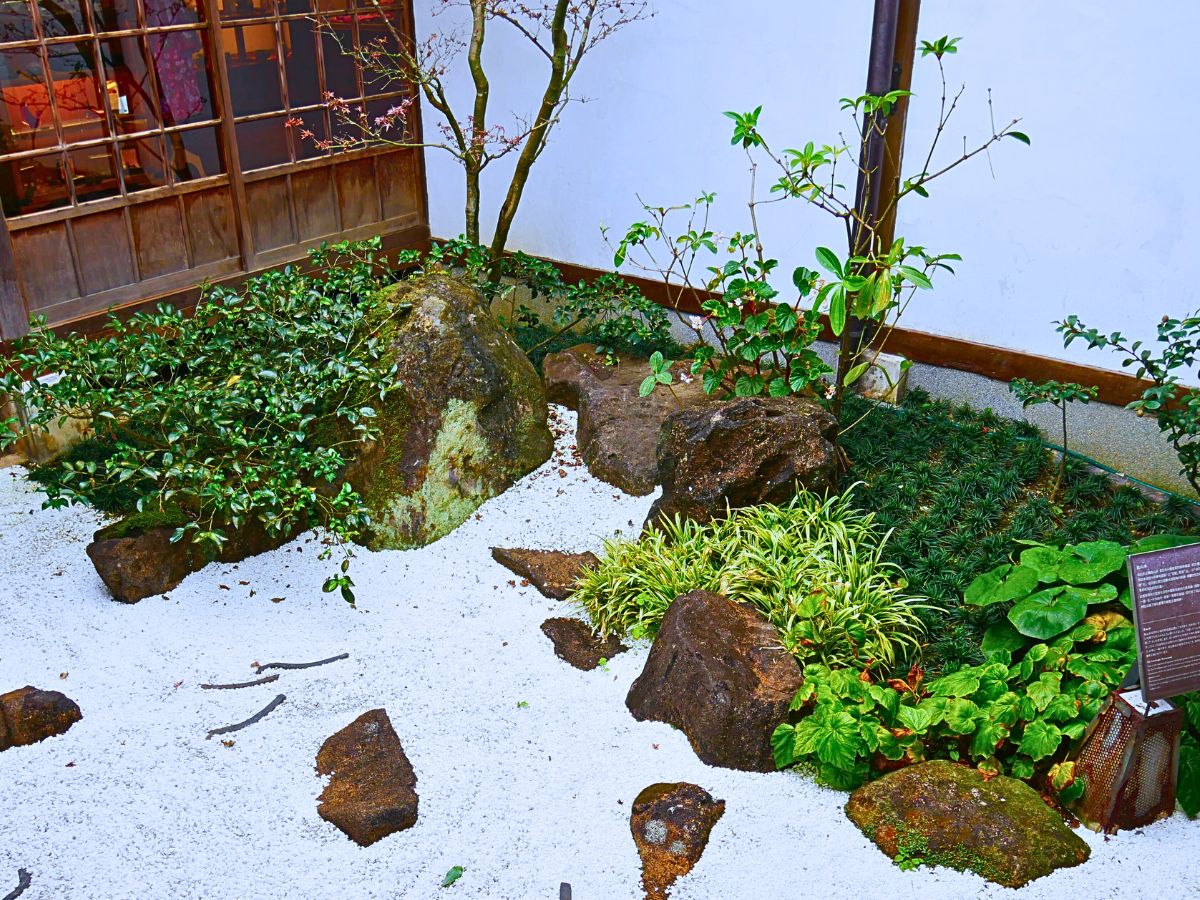
Photo by 寺人孟子
Bringing Green to the City to Integrate Nature Into Urban Spaces
Tsubo Niwa gardens have demonstrated that even in densely populated urban areas, nature can be successfully integrated into building designs. The creation of rooftop gardens, green walls, and other innovative solutions for incorporating nature into urban spaces is a direct result of the influence of this design concept and the emphasis on its importance in reconnecting with the natural world.
Feature image by header image by @machiyajapan.

